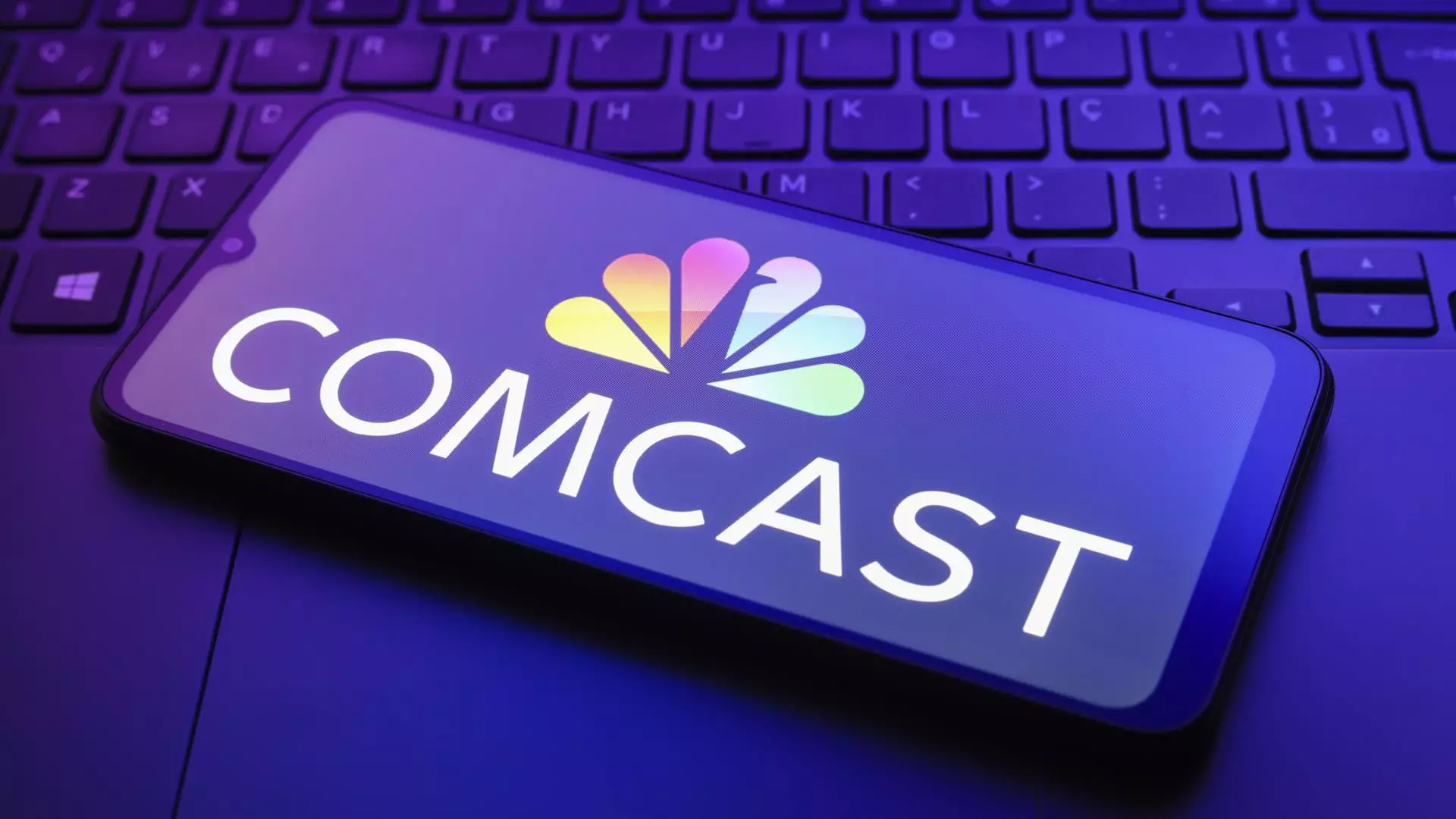In an age dominated by digital and social media, Comcast is attempting to reclaim a portion of the advertising market by introducing Universal Ads. This innovative platform aims to simplify the purchasing process for advertising space in premium video content, particularly targeting small and medium-sized businesses (SMBs). Scheduled to launch in early 2024, Universal Ads is strategically positioned ahead of the annual CES tech conference, where tech enthusiasts and industry leaders converge to discuss emerging trends. This initiative represents not just a business move but a strategic pivot to lure advertisers away from saturated social media landscapes and redirect them toward traditional streaming services.
At its core, Universal Ads is designed to streamline the advertising process that, until now, has been fraught with complications, especially for SMBs looking to break into premium content spaces. The platform allows advertisers to buy ad spots across a diverse range of media outlets, including Comcast-owned NBCUniversal and other notable partners such as Fox Corp. and Paramount. This expansive reach means that advertisers will no longer need to navigate numerous separate platforms and can instead transact in a unified environment, somewhat mimicking the straightforward transactions often seen on platforms like Meta and YouTube.
Mark Marshall, the chairman of global advertising and partnerships for NBCUniversal, has emphasized that Universal Ads is intended to ignite demand from advertisers who have previously overlooked traditional media options. By utilizing Comcast’s own ad technology company, FreeWheel, the platform promises to offer a free, self-service mechanism that aims to demystify ad purchasing for smaller entities, which typically lack the sophisticated marketing resources available to larger corporations.
The driving force behind Universal Ads is the recognition that many advertisers are eager to explore beyond the “big tech” options that currently dominate the market. James Rooke, president of Comcast Advertising, pointed out a significant paradox: while many small businesses have thrived on social media, there exists a palpable desire among these advertisers to diversify their outreach. The challenge, however, lies in the complex process involved in traditional media advertising compared to the ease of use offered by digital giants.
To further support this demographic, Universal Ads is set to incorporate automated artificial intelligence tools designed to aid smaller businesses in ad production. This development is crucial, as content creation is another hurdle that many SMBs face when engaging in advertising. By alleviating this pain point, Comcast aims to foster an environment that welcomes more businesses into the traditional advertising fold.
Despite the ambitious rollout of Universal Ads, it must navigate a challenging landscape where digital ad revenue continues to outpace traditional media. Industry analysis reveals a stark contrast in growth rates; while global ad revenue for traditional media is anticipated to creep up by less than 2% in 2025, digital platforms are projected to surpass an impressive $813 billion. The discrepancy highlights a fundamental shift in where advertisers are focusing their budgets, with social media spending skyrocketing by nearly 20% year-on-year.
Nevertheless, Comcast is strategically betting on the resurgence of traditional media, particularly in live sports and high-profile events, where large-scale advertisers remain heavily invested. With the Super Bowl ad slots already selling out at exorbitant prices, it is clear that certain traditional platforms still resonate powerfully with brands seeking broad audience engagement.
In light of the challenges faced by smaller companies, Universal Ads seeks to present a cohesive solution driven by collaboration. The initiative has attracted a roster of significant media partners, including DirecTV and Warner Bros. Discovery. Industry experts agree that this collaborative effort can effectively dismantle the barriers imposed by previous fragmented advertising platforms. Amy Leifer, chief advertising sales officer at DirecTV, highlighted that overcoming obstacles presented by multiple platforms is key to empowering the SMB demographic.
Moreover, media executives are beginning to blend the lines between linear and digital advertising, recognizing that both channels can amplify reach and effectiveness. Rooke summarized this sentiment succinctly: “They’re running out of new audience.” By facilitating access to premium advertising options without the complexity that has traditionally deterred smaller businesses, Comcast hopes to reposition itself as a valuable player in the advertising ecosystem.
Looking Ahead: The Future of Advertising
As Universal Ads prepares for its premiere, the question remains whether it can successfully pivot advertisers away from the confines of social media and into a more traditional yet flexible advertising model. If successful, this platform could redefine the advertising landscape, ultimately enriching the options available for SMBs while simultaneously reinvigorating traditional media channels. As industries evolve and consumer habits shift, initiatives like Comcast’s Universal Ads will be instrumental in sculpting the future of how we understand and engage with advertising across various mediums.

